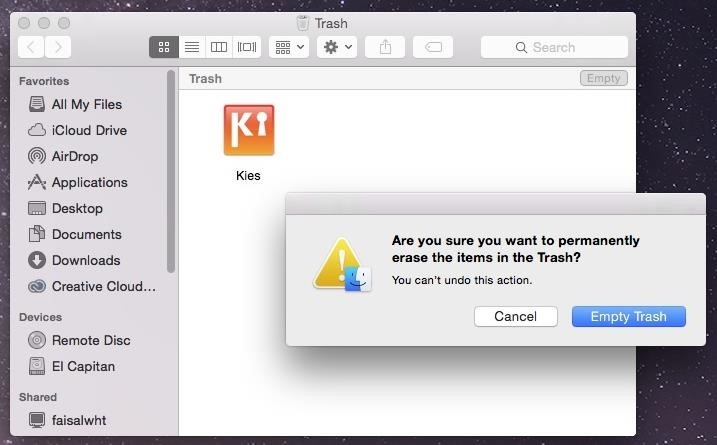

You can access Launchpad through the Dock, through a Mac search, using the F4 key, or by pinching all your fingers together if you use a trackpad. Launchpad allows you to find, organize, and open the apps on your Mac. In this guide, we’ll show you how to manually uninstall your Mac apps:

Note: You can enjoy a one-time apps cleanup for free without activating the full version.Ĭorrectly uninstalling a Mac app not only frees up space on your hard drive but it also improves your Mac’s performance and speed. Go to Applications and select the ones you do not use.To completely uninstall multiple app in one swoop: MacKeeper includes an advanced Smart Uninstaller tool that helps you get rid of unused apps, widgets, plugins, browser extensions, and more. It’s always a good idea to completely uninstall apps and remove all their files - otherwise, app leftovers and broken files will slow down your Mac over time. Yes, apps with a convenient automatic uninstaller do exist, but this feature is not provided everywhere in most cases, you need to take a few extra steps to remove an app from your Mac completely. If you uninstall apps on your Mac incorrectly, the installation files will remain on your hard disk, occupying valuable storage space. If only uninstalling Mac apps was as easy as dragging their icons to the Trash! Alas, it’s not.


 0 kommentar(er)
0 kommentar(er)
